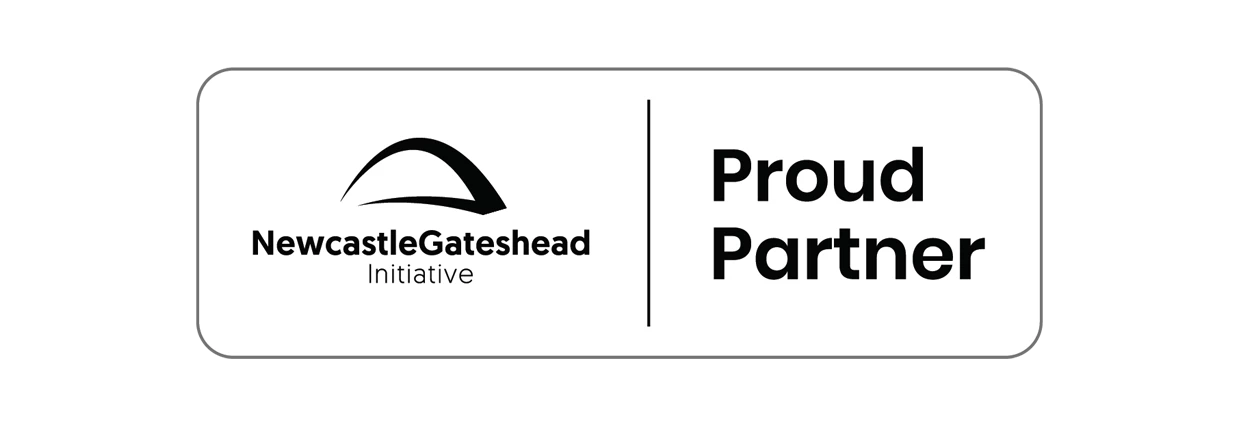Partner Article
5 Ways to Manage your Cash Flow
It’s a (sad) fact that without cash, your business simply isn’t going to last long. Cash is king when it comes to running a business that is growing. In its simplest essence, effective cash flow management gives you peace of mind that your business is going to be paid promptly and ensures that in turn, you are also paying your suppliers. Managing cash flow successfully can mean the difference between success and failure; the first quarter of the new financial year is widely regarded as the most difficult. Find below, the top 5 ways that will aid you in managing your cash flow so that it becomes a seamless and efficient business process.
Shift focus away from Profit
It’s reported that the majority of businesses begin to trade without implementing a cash flow plan or process. While they have taken the time to forecast profit margins for the future. This has often been described as a common reason for early businesses failure.
Once good cash flow is order, your profits will also be in good order. It’s logical that to be profitable, you must have a good cash flow in place to survive. For start-ups and young businesses that are starting out, establish the clients that are quick and reliable when it comes to payment, and working with them first.
Be sure to pay close attention to payment terms, ensuring that they are written into contracts and invoices, don’t be blinded purely by profit margins.
Agree Clear Payment Terms
It’s business critical to establish crystal clear payment terms from the very beginning. If you yourself aren’t aware of your payment terms are in full, it is going to be enormously difficult to get paid; for instance, if you are not aware when a payment becomes overdue, how can you manage your cash flow?
One prestigious example of solid payment terms is when construction businesses work on government projects. An Act of Parliament commits to making payment within 30 days down to the 3rd rung of the supply chain. It would serve well for other sectors to work on these terms too. Paying within 30 days simply makes good business sense; employees are paid every 30 days and suppliers should be paid within that time frame too – Let’s not forget the human element.
Taylor Rose TTKW law firm offers some advice for those clients you may have difficulty with, “Be sure to include YOUR payment terms on the invoice that is sent, so that the message is clear and simple. If payment is late, issue a 7 day payment request; within this include the next steps that you will be taking and if they are liable for any interest or court fees. If there is a genuine problem with their finances, be courteous and understanding and try to come to a mutually agreeable arrangement. If the amount if less than £750, filing an HMCS claim and taking them to small claims court is usually the next step, or if it is greater than £750, you can issue a statutory payment demand – a formal document requesting payment within 21 days before a winding up petition in court in put into action.”
Chasing late payments often turns into a burden with a lot of stress attached, it’s fair to say that being transparent and honest upfront is the best route to take.
Invoice Quickly
If you are suffering from a cash flow process that is slow and disjointed; I’m sorry to say that many of the factors could be of a business’s own doing.
A strategy that ensures invoices are sent promptly when work is completed is a good process to implement. On average, invoices are paid 2 weeks after being received; therefore if you delay sending them by 2 weeks it will be a total of 4 weeks before you are paid!
Sending invoices via email drastically speeds up the process and one that offers much more peace of mind as it can’t be ‘lost’; you also always have a record of it being sent.
It’s worth making a habit of investigating the payment terms of businesses that you work with; some businesses have their own policies whereby they don’t pay invoices for 30 or 60 days. Moving clients onto a direct debit as quickly as possible is good business sense, even offering a small discount for them paying in this way as it means you are safe in the knowledge the payments will be made regularly and in full.
Offer Fixed Rate Payment Packages
With regular payments (and a steady cash flow!) in mind, offering clients periodic payment packages work well, particularly if you are a freelancer.
Working with hourly rates when you are freelance can make incoming money disjointed and uncertain on a month to month basis and also makes your personal spending difficult to predict.
Retainer packages often include a fixed number of hours each month for a fixed fee. By invoicing in advance, rather than in arrears you can plan your cash flow, and business growth accordingly as you will be paid up front; also providing you with a stable income.
Embrace Technology
Cloud based technology has given birth to accounting software that has saved many businesses a great deal of time, stress and money as well as enabling them to work more effectively and maintain a better overview of their cash flow.
The cloud based software removes the concern for data back-ups, giving business owners a degree of flexibility. Accounts can be accessed across a range of devices, regardless of location and time meaning that they are able to keep on top on company financials from wherever they may be.
Forbes magazine have written a roundup of the best cloud accounting software for small businesses which is particularly useful as it is non biased.
This was posted in Bdaily's Members' News section by Rebecca Moore .








 The value of nurturing homegrown innovation
The value of nurturing homegrown innovation
 A dynamic, fair and innovative economy
A dynamic, fair and innovative economy
 Navigating the property investment market
Navigating the property investment market
 Have stock markets peaked? Tune out the noise
Have stock markets peaked? Tune out the noise
 Will the Employment Rights Bill cost too much?
Will the Employment Rights Bill cost too much?
 A game-changing move for digital-first innovators
A game-changing move for digital-first innovators
 Confidence the missing ingredient for growth
Confidence the missing ingredient for growth
 Global event supercharges North East screen sector
Global event supercharges North East screen sector
 Is construction critical to Government growth plan?
Is construction critical to Government growth plan?
 Manufacturing needs context, not more software
Manufacturing needs context, not more software
 Harnessing AI and delivering social value
Harnessing AI and delivering social value
 Unlocking the North East’s collective potential
Unlocking the North East’s collective potential